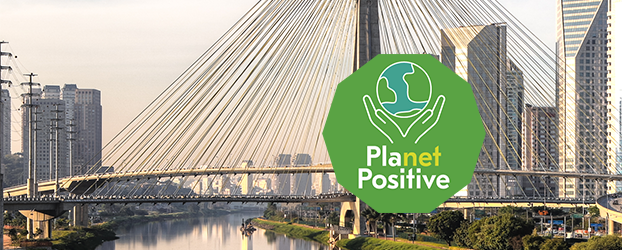Our goal is to integrate sustainability into all our procurement processes. Our vision is that our sustainable supply chain differentiates us from our competitors and gives us a competitive advantage. For this, we must know if our suppliers meet our requirements and take action if some areas are lacking.
We created a roadmap that ensures that we have ambitious targets and actions, everyone is aligned, and we have a clear plan to continuously integrate sustainability in all our procurement processes.
The development of the roadmap
A benchmark study was one of the first steps in developing the roadmap. We reviewed trends, customer requirements and competitors’ actions in relation to the development of a sustainable supply chain. Climate change, collaboration, capacity building, transparency and traceability were the identified trends. In general, we found that increased transparency in the supply chain and increased supplier collaboration to jointly improve sustainability practices and processes were increasing. To improve transparency, we need to continuously develop our tools and processes related to supplier selection, supplier assessments and supplier onboarding, for example.
Stakeholder engagement played an essential role in the roadmap work. Understanding our customer requirements is essential for developing our supply chain. In the past, we collaborated in a joint supplier sustainability audit at one of our suppliers in China, for example. We maintain an active dialogue with our suppliers concerning Metso Outotec’s supplier sustainability expectations. For example, CO2 emissions in the supply chain have increasingly been on the agenda.
To understand the risks and opportunities related to supplier sustainability management, we also conduct discussions with our investors. For instance, they want to see solid tools and processes on how we assess, audit and develop our suppliers in relation to sustainability. Supplier sustainability risk assessments, supplier audits and corrective action plans are all examples of the daily interaction between our procurement and supplier quality organizations and suppliers.
When outlining the roadmap, we examined several strategic topics such as supplier relationship management and new ways of collaboration, enhanced tools and processes, supplier sustainability development, improved supply chain efficiency and increased transparency. For the strategic topics, we defined an action plan and set short- and long-term targets.
Once we were ready, we organized a procurement strategy day to elaborate the drafted roadmap, action plans and targets. This gave the local procurement managers the opportunity to review and discuss the roadmap and give feedback. Once finalized, the roadmap was presented to the top management, and after approval, it was time to start the implementation.
In our Responsible Procurement roadmap, we have set long-term targets as follows:



